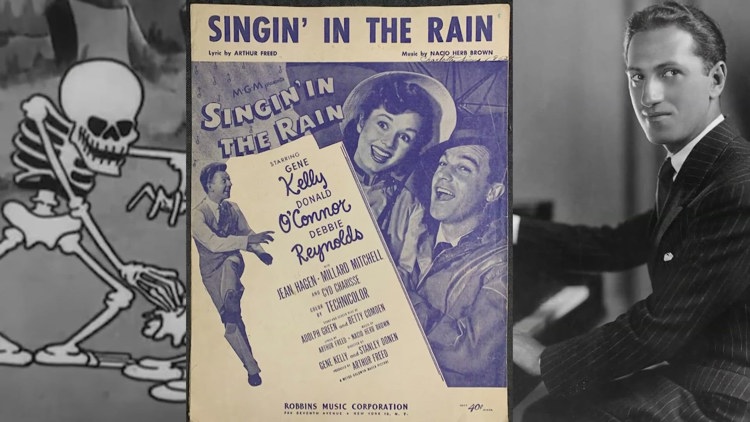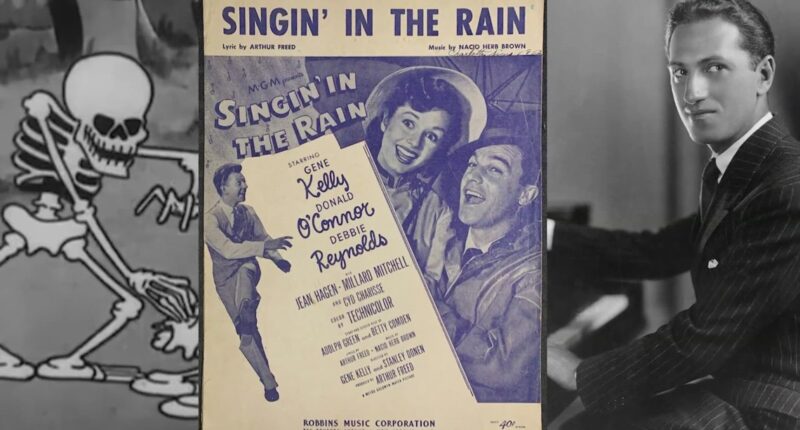
When works go into the public domain, they can legally be shared without permission or fee.
Hello everyone! Happy New Year! To mark the beginning of 2025, I want to share a clip from Disney’s “The Skeleton Dance” while singing “Singing in the Rain” to the tune of George Gershwin’s “Rhapsody In Blue.”
I can do all that without paying a cent to anyone, because as of Jan. 1, all these things became public domain in the United States.
When a work enters the public domain, it can be shared freely without the need for permission or payment. This means that community theaters can screen the movies, and youth orchestras can play the music in public without any royalties. In 2025, a large number of books, recordings, characters, and artworks from 1929 will become available for other creators to use at no cost.
This practice helps keep these works alive and significant, even after almost a century has passed. If you’ve ever indulged in a modern adaptation of classics like “Sherlock Holmes,” “Dracula,” “Alice in Wonderland,” or “The Wizard of Oz,” you’ve directly experienced the benefits of public domain legislation.
What else is up for grabs this year? Some of the big names are William Faulkner’s “A Farewell to Arms,” Dashiel Hammond’s “The Maltese Falcon,” the first Marx Brothers movie, the original design of Popeye, many paintings by Salvador Dali, and the Mickey Mouse cartoon “The Karnival Kid,” where we first heard Mickey’s iconic original voice.
We were supposed to get these works as public domain back in 1985, when copyright only extended for 56 years. But lawmakers pushed that date to 2005, making copyright 75 years.
Then, when 2005 rolled around, lawmakers delayed the date again to 95 years. That term seems to have stuck, and now, after 95 years, I can screen “The Hollywood Revue of 1929” on a loop onto the side of my house for the whole neighborhood to enjoy.
Now of course, this being a legal precedent, it also means there are a lot of complications and details. For example, “Singing in the Rain” as a musical composition is fair use, but not recordings of the song. The only version of Popeye that’s fair use is the first design from 1929, not any other updated look.
It also begs the question: With what we watch and listen to being retakes of properties that have been around for 40, 50 years, will copyright law hit the pause button again in the future? Will media conglomerates pressure lawmakers into keeping Slimer and Darth Vader from the public use for all time?
I hope not. Letting new voices take a crack at breathing new life into old art can revitalize it, and make something that people enjoyed so long ago relevant and seen again. I feel that’s something to celebrate.















